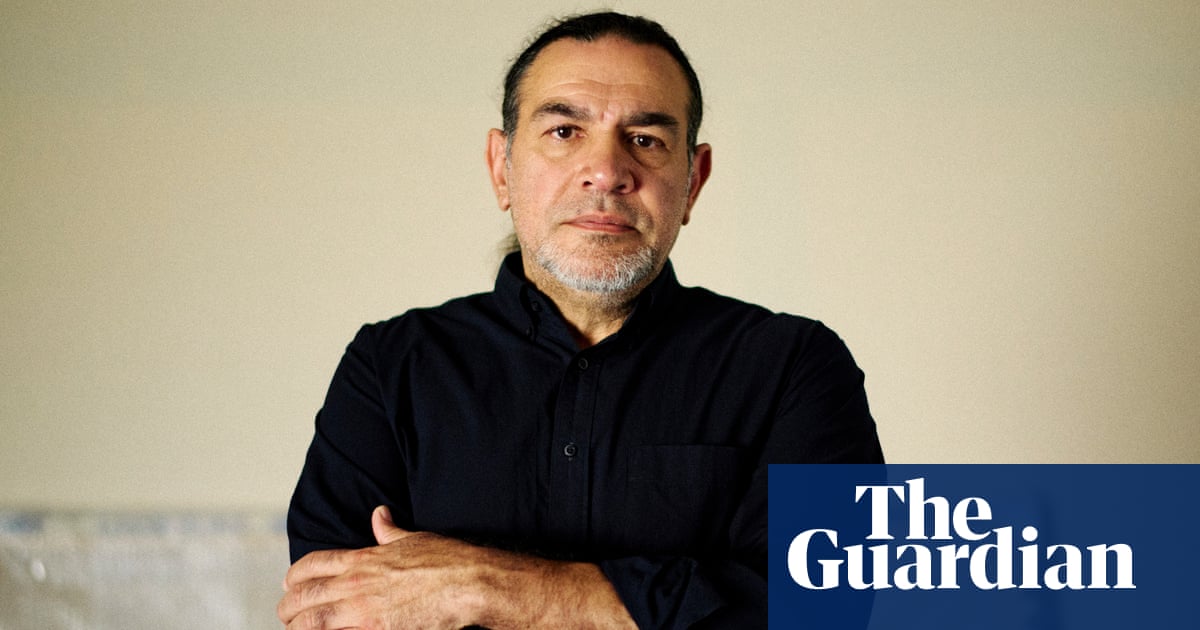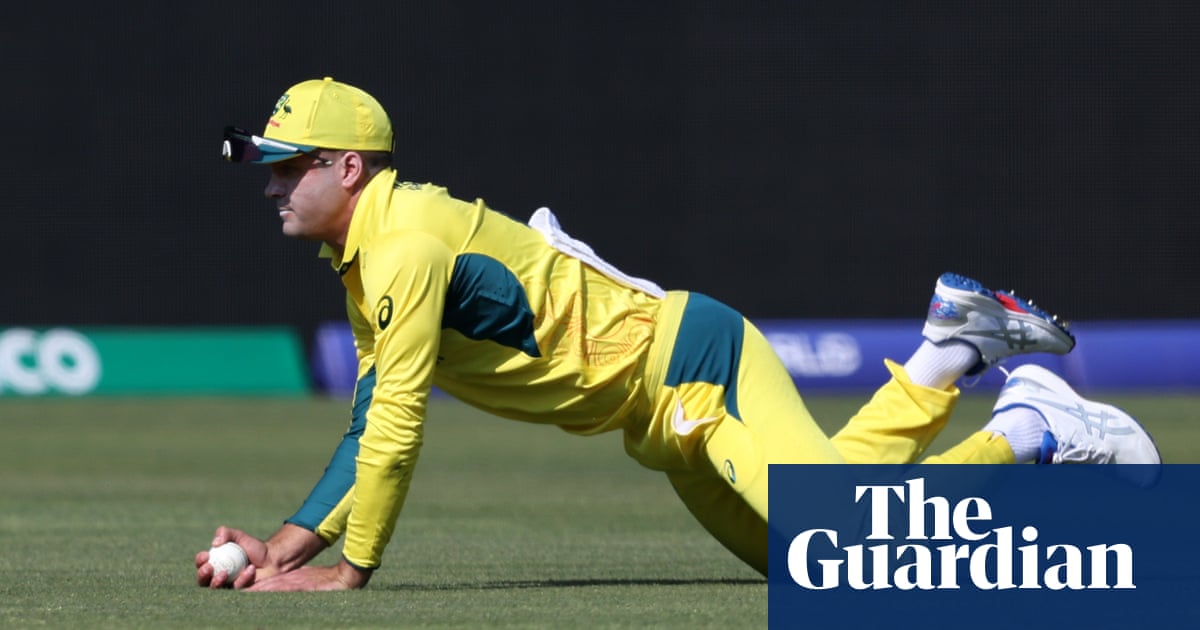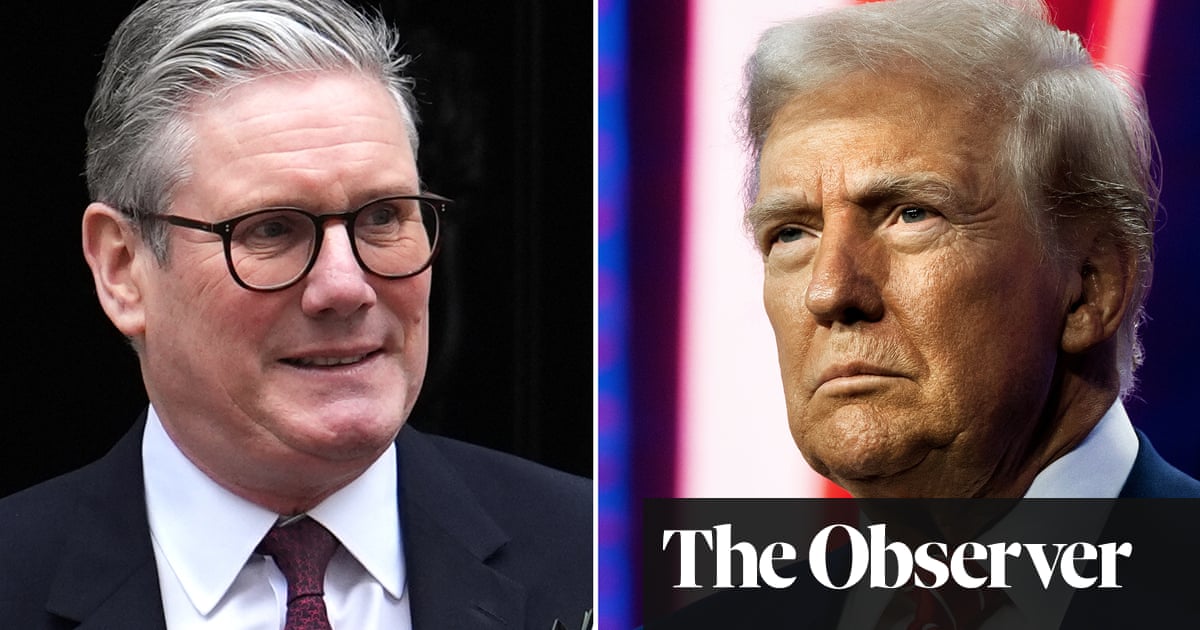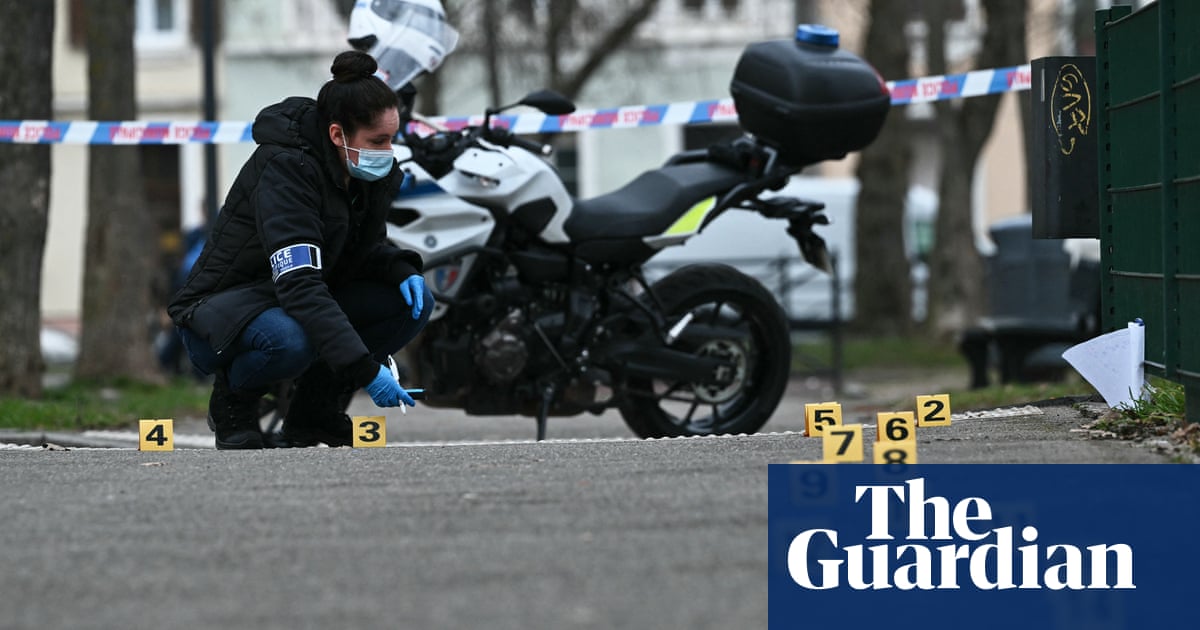Romania goes to the polls on Sunday for the first of three elections that could keep it on its broadly pro-European path or possibly push it towards a more nationalist stance likely to alarm Brussels, not least over continuing support for Ukraine.
The first round of the country’s presidential election to replace the two-term centrist incumbent, Klaus Iohannis, takes place on 24 November, with a second round run-off scheduled for 8 December. In between, on 1 December, is the parliamentary ballot.
Who is running for president and who might win?
Fourteen candidates are vying to succeed the centrist Iohannis, from the centre-left prime minister to a Nato deputy secretary general and far-right former football hooligan whose party once said Holocaust education was “a minor issue” that need not be taught in school.
A court barred another far-right candidate, MEP Diana Șoșoacă, from the race last month because she “did not respect democratic values”, arguing her antisemitic and pro-Kremlin statements risked jeopardising Romania’s EU and Nato membership.
The frontrunner on about 25%, despite his party’s many past corruption and rule of law crises and recent poor economic management, is Marcel Ciolacu, prime minister and chief of the Social Democratic party (PSD), who is almost sure to make the runoff.
In second place, but fading on about 16%, is George Simion, fiery leader of the populist, radical-right Alliance for the Unity of Romanians (AUR), a one-time member of Romania’s Honor et Patria ultras who wants “peace in Ukraine like Trump”.
Just behind Simion on about 14% is Nicolae Ciucă of the centre-right National Liberal party (PNL), an ex-soldier and former defence and prime minister, whose party sits alongside Ciolacu’s PSD in Romania’s outgoing “grand coalition” government.
Level-pegging with Ciucă is Elena Lasconi of the broadly progressive Save Romania Union (USR), with Mircea Geoană, a former PSD leader and deputy Nato secretary general, who is running as an independent, trailing on about 9%.
Polls are not hugely reliable in Romania, but most analysts foresee a Ciolacu-Simion runoff from which the social democrat would probably emerge victorious, helped by the PSD’s strong party organisation and the fact he is up against a far-right candidate.
What’s likely to happen in the parliamentary poll?
The liberal PNL ended its ruling partnership with the PSD in October after the constitutional court handed down its Șoșoacă ruling. Ciucă said the decision “raises questions about the state of democracy in Romania”.
The centre-right party alleges the court decision was politically motivated: four of the five judges were appointed by the PSD and, since the far-right vote is no longer split, Simion stands a significantly greater chance of beeting Ciucă to the runoff.
PNL has pledged not to enter a new coalition with the social democrats, but many analysts think it might nonetheless end up doing so: the parties disagree on little except tax, and Ciolacu has ruled out any kind of alliance with the far-right AUR.
The latest polling averages suggest PSD is likely to win the parliamentary ballot comfortably with about 30% of the vote, followed by AUR on about 21%, the liberal USR – which has said it will not work with PSD – on 17% and PNL on about 14%.
Based on their projected scores the PSD and PNL would (assuming they can overcome their differences) need the support of a smaller third party, potentially the UDMR that represents Romania’s Hungarian minority, to secure a parliamentary majority.
The alternative, a PSD-AUR coalition, would herald a major about-turn for Romania, a staunch western ally. Simion would be likely to demand an end to support for Ukraine and an altogether more disruptive, nativist, Hungary-inspired approach to the EU.
If, however, the PSD stands by its promise to keep the AUR out of government and the PNL keeps its pledge not to return to government with the PSD, another early parliamentary election could be on the cards.
What are the issues and how does the system work?
Top among voters’ concerns is the high cost of living, with Romania’s inflation – running at about 5% – the highest in the EU. The country’s spiralling national deficit is also a hot topic, as are its crumbling infrastructure and ailing health service.
The war in Ukraine is also a major issue for far-right voters who strongly object to Romania’s continued, if underplayed, backing for Kyiv, increased national defence spending and ever more significant position on Nato’s eastern flank.
Parliament’s 330 members are elected by proportional representation in 43 constituencies, with some seats reserved for national minorities. Crucially, parties must clear a threshold of 5% of total votes cast to win representation.
In the previous 2020 election, only five parties cleared that hurdle. If the same pattern repeats itself, as many as 15% or 20% of seats in parliament could be redistributed to those parties who do pass 5%, which might just hand PSD and PNL a majority.
Beyond choosing the prime minister, the president plays a largely symbolic role, although he or she does represent the country on the international stage.

 3 months ago
53
3 months ago
53













































